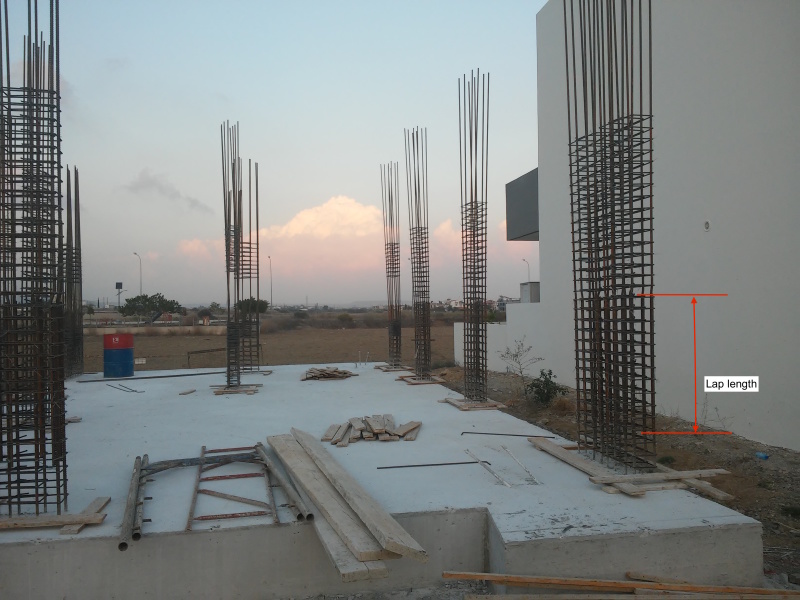kellez
Civil/Environmental
- Nov 5, 2011
- 276
Hi,
For the design of foundations such as tie beams in Reinforced Concrete structures EC8 suggests to force hinges to form in the columns base, above the grade tie-beams during a seismic load.
In order to achieve this you simply make the tie-beams stronger than the columns they support, but what about the lap length reinforcement. The area of reinforcement at the base of the column and where the plastic hinge is expected to form is doubled due to the additional bars required for the lap length (see pictures below).
what effect will this have on the capacity design of the foundations?

For the design of foundations such as tie beams in Reinforced Concrete structures EC8 suggests to force hinges to form in the columns base, above the grade tie-beams during a seismic load.
In order to achieve this you simply make the tie-beams stronger than the columns they support, but what about the lap length reinforcement. The area of reinforcement at the base of the column and where the plastic hinge is expected to form is doubled due to the additional bars required for the lap length (see pictures below).
what effect will this have on the capacity design of the foundations?

